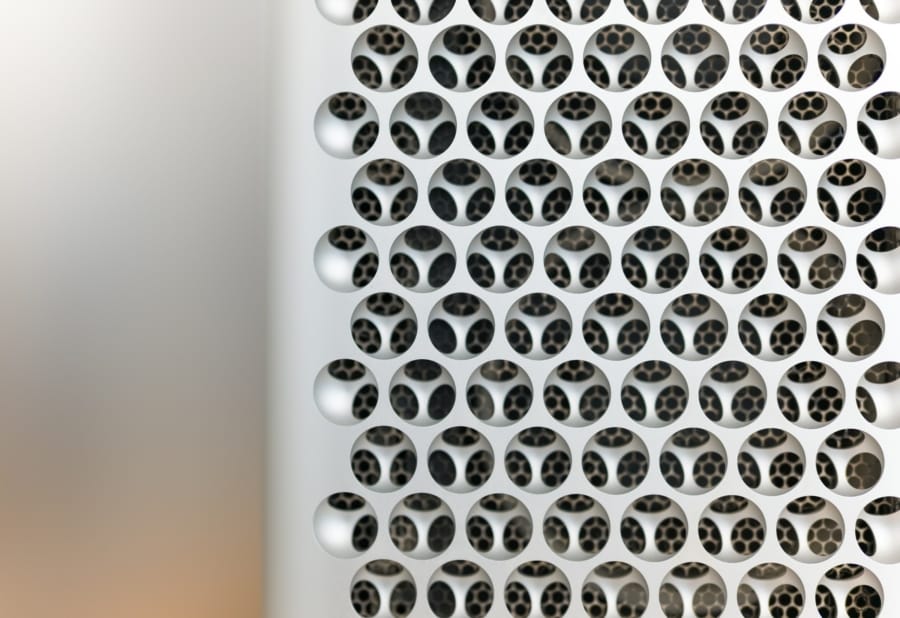Benchmarks, dGPU, and Apple Silicon
Although benchmarks are all synthetic and useless without the proper context, it still provides us with some good-looking numbers to work with in this fiasco that is dGPU and Apple Silicon. We are going through the market where none of the graphics card manufacturers are interested in making “graphics card”, but rather parallel computing cards for AI. Not that Nvidia and AMD should stop its efforts, but for majority of PC-building communities, the newly announced RTX 50xx series cards are somewhat underwhelming for that very reason. After all, graphics card in the most traditional sense didn’t ask for 100+GBs of VRAM. Apple, either inadvertently, or in future-proofing manners, decided Macs will now have unified memory across the board.
Looking at the Metal benchmark from Geekbench, 6900XT is still scored the highest, followed by other few AMD cards, then a M2 Ultra. M4 Ultra, should it be released this year, will likely be scoring somewhere closer to 6900XT or perhaps even higher. What’s troubling is the performances of the latest cards, not the Apple Silicon —Apple is playing a catch-up game. According to the leak covering the 9070XT, its performance has only seen around 9% increase from 6800XT, released in the same year as 6900XT. I suppose for few professionals 9% is worth the additional 1k price tag, but for the majority of the people, the supposed state-of-the-art card from 2020 is still holding up remarkably fine.
What does this all mean for Intel Mac owners? How does it translate? It’s rather simple. Apple is dropping support for dGPUs and eGPUs, but you are likely not missing out much since. But Apple Silicon Macs, should you choose to upgrade before the M4 Ultra is released, would cost at least 4k to begin with. That price tag isn’t attached to greater Metal benchmark scores, but rather the unified RAM that LLM developers are thirsting for. If M4 Ultra finally catches up with its contemporaries, I’m not quite sure what that 4k is paying for, other than you get to keep your spec, now on Apple Silicon, instead of AMD. So Intel Mac owners are stuck in a limbo in terms of benchmark.
If I can add my own two cents on the matter, I am seeing far more interests on Apple Silicon than Intel Macs could ever have dreamt of. There are AAA games being natively published on Apple Silicon, and Apple isn’t shy about its capabilities to run Windows softwares through virtualization or translation. My previous post on running a local LLM had to be cut short as my Intel Mac is simply not supported to run it on GPUs, whereas Apple Silicon Macs that are less powerful are fully supported; it was bizarre seeing my M2 MacBook Air was performing as well as it did —not that it outperformed my old boy. I believe M4 is at the point where users would actually need to weigh the benefit of jumping ships from x86 to ARM.
